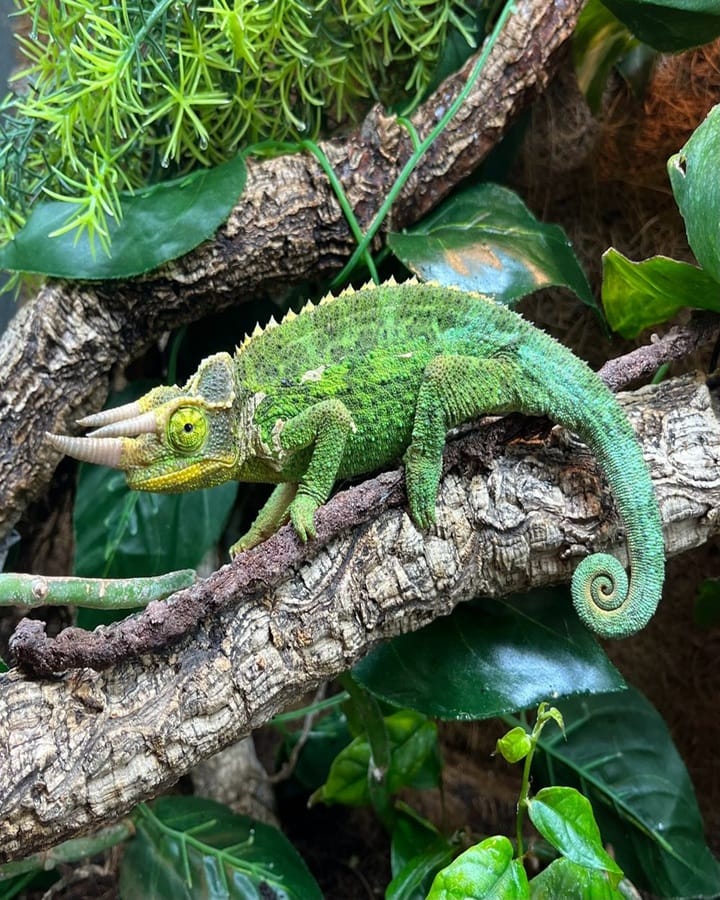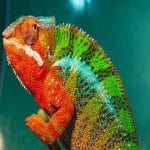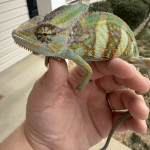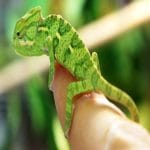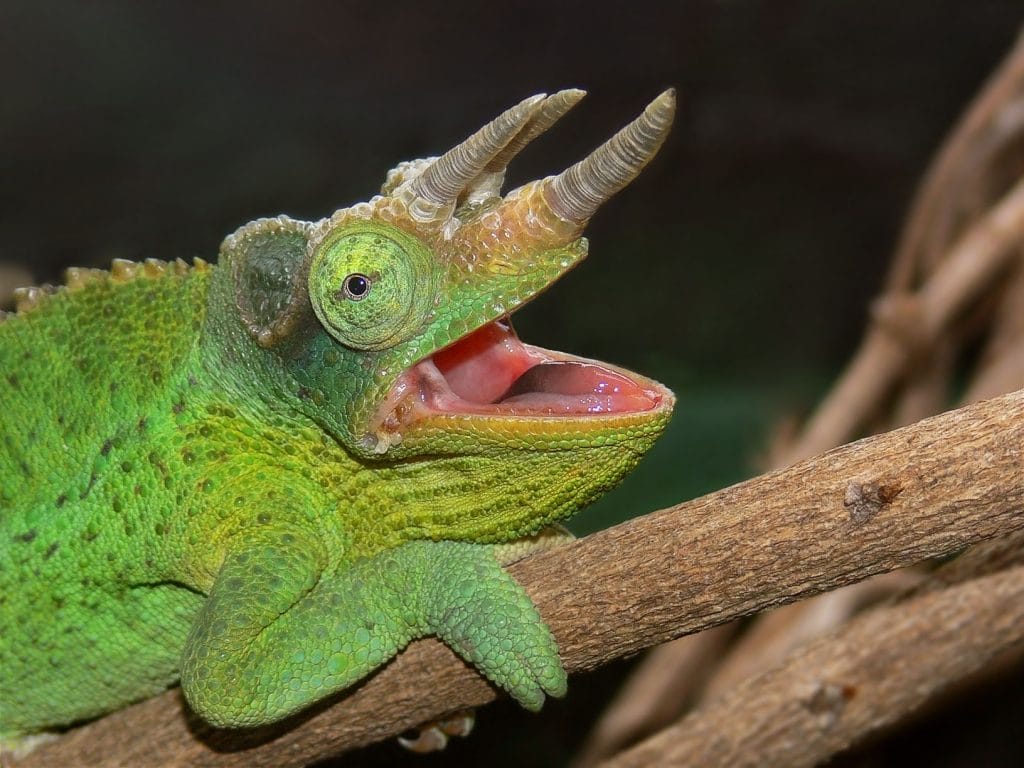
Image Credit – Hema
The Jacksons Chameleon, also known as Trioceros jacksonii, is a fascinating reptile known for its three distinctive horns, earning it the nickname “the three-horned chameleon.” Native to the mountainous forests of Kenya and Tanzania, this vibrant and slow-moving creature captivates nature enthusiasts with its unique appearance and remarkable behaviors. Jacksons Chameleons are popular among reptile hobbyists for their color-changing abilities, independent eye movement, and live births—a rare trait among lizards. Whether you’re curious about their natural habitat or considering one as a pet, understanding this exotic species offers a glimpse into one of nature’s most captivating reptiles.
Unveiling the Secrets of the Jacksons Chameleon: A True Exotic Marvel
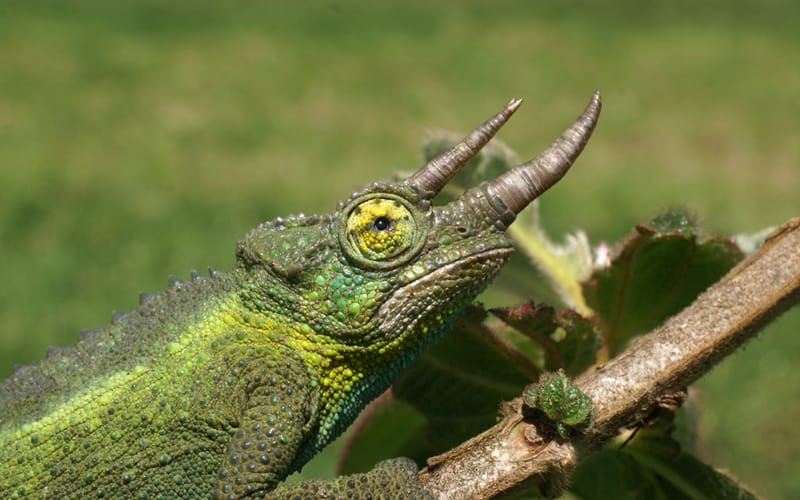
With its three horn-like protrusions and vibrant coloration, the Jacksons chameleon (Trioceros jacksonii) looks like a mythical creature brought to life. Native to the mountain forests of East Africa, particularly Kenya and Tanzania, this unique lizard is a favorite among reptile enthusiasts and wildlife lovers alike.
A Closer Look at the Jacksons Chameleon
Named after the English explorer Frederick John Jackson, this species stands out in the chameleon world due to its distinct physical features—especially in males, who sport three horns: one on the nose and two above the eyes, much like a miniature triceratops.
Females generally lack these horns or have smaller versions, making it easy to distinguish between the sexes.
Size and Lifespan
Jacksons chameleons are medium-sized lizards. Males can grow up to 13 inches (33 cm), while females are slightly smaller. In captivity, with proper care, they can live up to 5 to 10 years.
Habitat and Behavior
These arboreal creatures prefer cool, humid, high-elevation forests. They’re slow-moving, preferring to stalk prey quietly among tree branches. Their famous independently moving eyes allow them to scan for insects without moving their heads.
Unlike many reptiles, Jacksons chameleons are ovoviviparous—females give birth to live young instead of laying eggs, which is rare and fascinating among lizards.
Color-Changing Capabilities
Jacksons chameleons can change color, though not as dramatically as some other chameleon species. Color shifts often indicate mood, temperature regulation, or communication—bright greens and yellows usually mean a happy, healthy lizard, while dark hues can signal stress or illness.
Caring for a Jacksons Chameleon
In captivity, they require:
- A tall, ventilated enclosure with climbing branches
- High humidity (50–80%) and proper misting
- UVB lighting and a temperature gradient (65–80°F)
- A diet of live insects like crickets, supplemented with calcium
They’re solitary by nature, so it’s best to house them alone to reduce stress.
Conservation Note
Though not currently endangered, Jacksons chameleons face habitat destruction and pressures from the exotic pet trade. Responsible ownership and habitat conservation efforts are crucial to their long-term survival.
Final Thoughts
Jacksons Chameleons are truly one of nature’s most intriguing reptiles, blending prehistoric features with modern fascination. Their calm demeanor, stunning appearance, and unique biology make them stand out among exotic pets and wildlife. However, they also require specialized care and an environment that mimics their native habitat. Whether you’re an experienced herpetologist or a beginner exploring reptiles, learning about Jacksons Chameleons can be a rewarding journey. Have you ever seen one in the wild or kept one as a pet? Let us know in the comments—we’d love to hear your stories, questions, or tips about this remarkable species!
Frequently Asked Questions
What makes Jackson’s Chameleon different from other chameleons?
Jackson’s Chameleons have three horns on their heads (in males) and give birth to live young, unlike most other egg-laying chameleon species.
How do I care for a Jackson’s Chameleon at home?
Jackson’s Chameleons need a humid, cool environment, UVB lighting, live insects, and a vertical enclosure with plenty of branches for climbing.
Is the Jackson’s Chameleon a good pet for beginners?
Jackson’s Chameleons are beautiful but require specific care and are better suited for intermediate or experienced reptile keepers.

